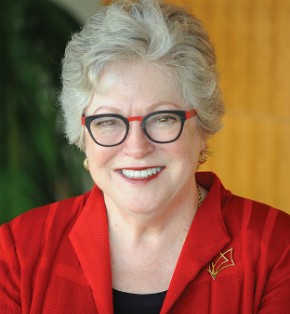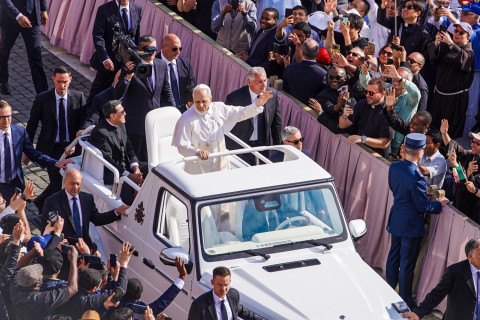A seminary’s calculated risk: CBTS president Molly T. Marshall
"We had to be willing to do a clear-eyed assessment of our financial situation—and to risk our old identity for the sake of a renewed mission."

When Molly T. Marshall became president of Central Baptist Theological Seminary in 2004, the school was facing declining enrollment, millions of dollars in deferred maintenance, and major revenue problems. Over the next few years she led a refashioning of the institution, which began with cutting faculty by a third and the staff by half.
The seminary, affiliated with the American Baptist Churches, developed new degree programs as well as partnerships with Korean Americans, refugees from Myanmar, and a school in Myanmar. It sold its Kansas City campus and relocated to suburban Shawnee, Kansas. Finances have stabilized, and over the past five years enrollment has grown by nearly 180 percent.
Before joining the CBTS faculty in 1997, Marshall taught for 11 years at Southern Baptist Theological Seminary in Louisville—the first woman to teach theology at a Southern Baptist seminary. Her books include No Salvation Outside the Church? A Critical Inquiry and What It Means to Be Human.




